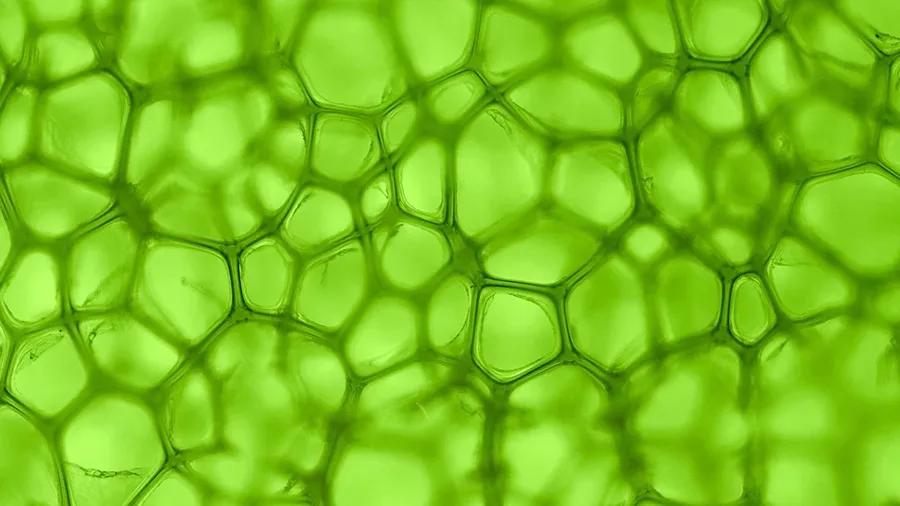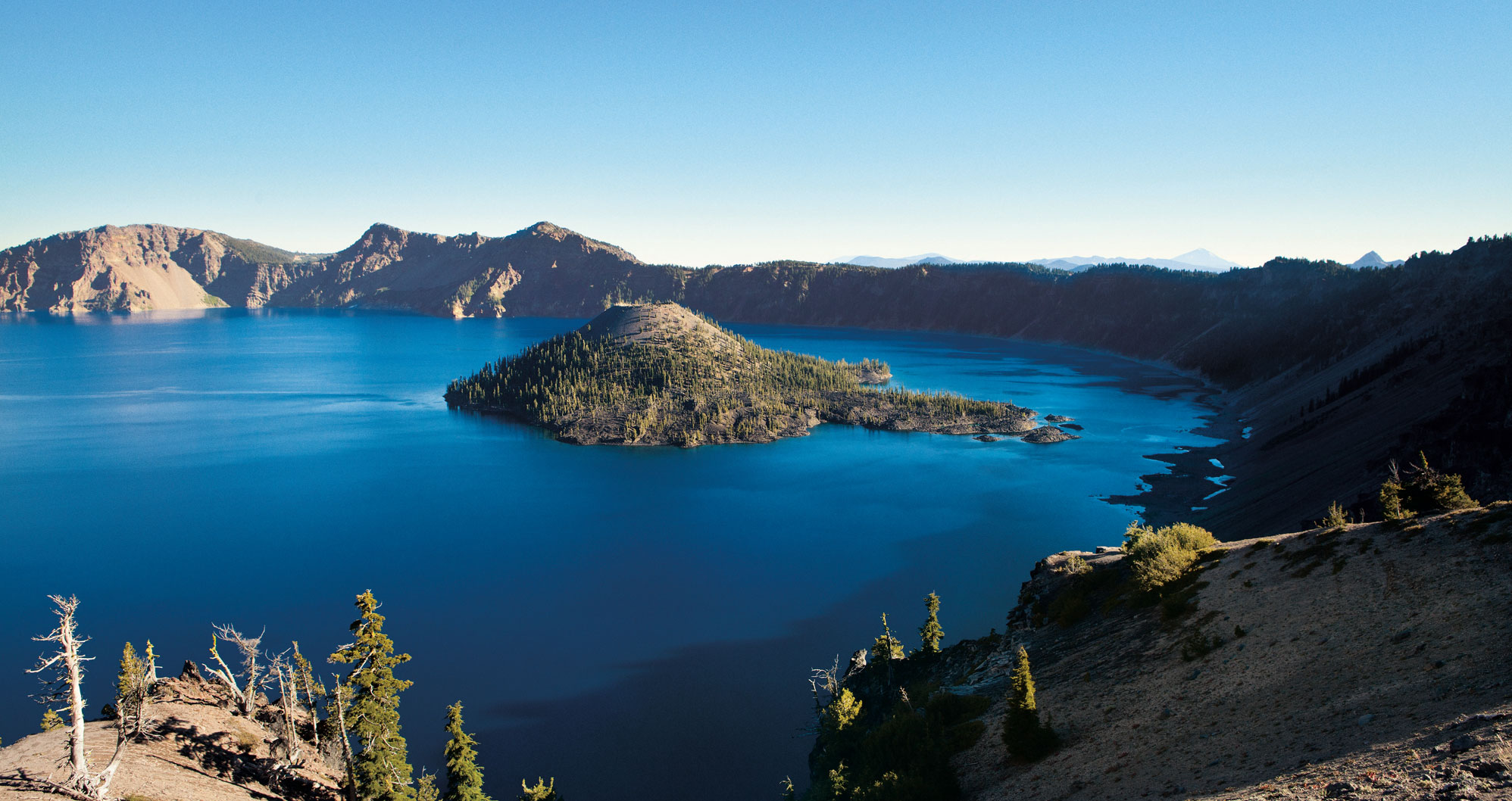Palaeoclimate & Volcanology
Reconstructing Earth’s climate through time using organic biomarkers, and analysing the shapes and sizes of volanic tephra.
I spent the summers of my undergraduate degree getting involved in a variety of different research projects and finding out the things that interested me most. Here are two particular highlights!
— Palaeoclimate —
IMOG 2023 Abstract 📄 
Earth’s climate is changing at an unprecedented rate as a result of human industrialisation since the mid 19th century, prompting records of global temperature changes that began in 1880. We can also track how global temperatures and concentrations of greenhouse gases such as CO2 and CH4 have changed naturally much further back in time (i.e., palaeoclimate) – up to 1.2 million years ago and potentially older – by analysing bubbles of air trapped in ice cores. But how do we know what Earth’s climate was like much further back in time, over geological timescales?
We can use biomarkers that serve as proxy measurements for the reconstructing the past climate. Commonly used biomarkers for estimating past atmospheric concentrations of CO2 include the boron isotope compositions of marine carbonates, stomatal densities/indices in fossil plants, and the carbon isotope compositions of marine plankton, palaeosols, and liverworts. Combining data from multiple proxies allows us to track changes in the Earth’s climate on hundreds of millions of years timescales!
Witkowski et al. (2018) showed that by measuring the carbon isotope compositions of phytane – a molecule formed during the breakdown of chlorophyll (the green pigment used by plants to make food during photosynthesis) – in marine phytoplankton, we can reconstruct atmospheric CO2 concentrations across the entirety of the Phanerozoic – the past 541 million years of Earth’s history.
Working with Dr Cait Witkowski, I compiled data on the carbon isotope compositions (notated as \(\delta\)13C) of pristane, the sister molecule of phytane, from samples with a wide range of ages spanning the entirety of the Phanerozoic. I found that the \(\delta\)13C of both phytane and pristane mirror one another across the Phanerozoic, and that the past atmospheric CO2 concentrations derived from them closely match those predicted by other proxies. Our results also suggest that the degree to which photosynthesis fractionated the lighter carbon isotope vs. the heavier (i.e., 12C vs. 13C) remained constant across the Phanerozoic and thus did not go through any major evolutionary changes throughout this time.
— Volcanology —
JVGR 2021 Paper 📄 
Measuring the diverse shapes, sizes, densities, and optical properties of rock fragments ejected during a volcanic eruption, known as tephra, can be a significant challenge. Working with Hannah Buckland, I used the Camsizer X2 instrument to simulatneously characterise the shapes, sizes, and grain size distributions of tephra samples from Mount Mazama, Oregon, (its eruption and subsequent collapse ~7,700 years ago created the iconic Crater Lake) through dynamic image analysis (DIA). Grain size distributions generated using DIA are much more realistic than the volume-equivalent sphere distributions often used in many ash dispersion models. Our results highlight the importance of accurate sample characterisation and demonstrate a robust method for doing so.
Project image credit: Microsoft Copilot AI
